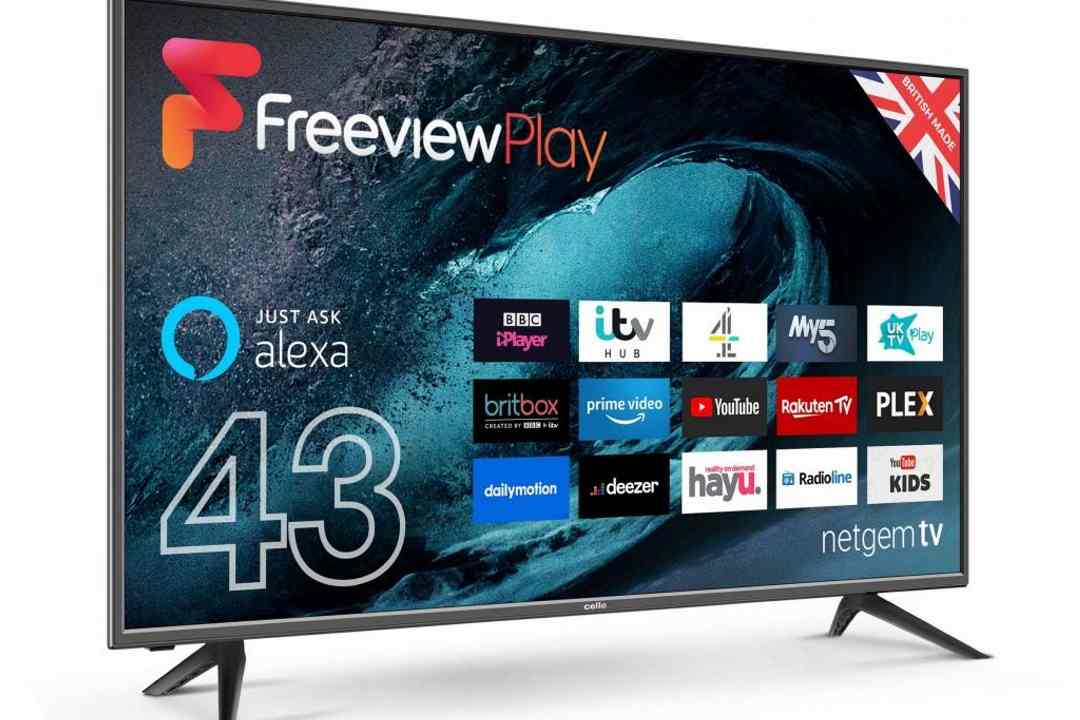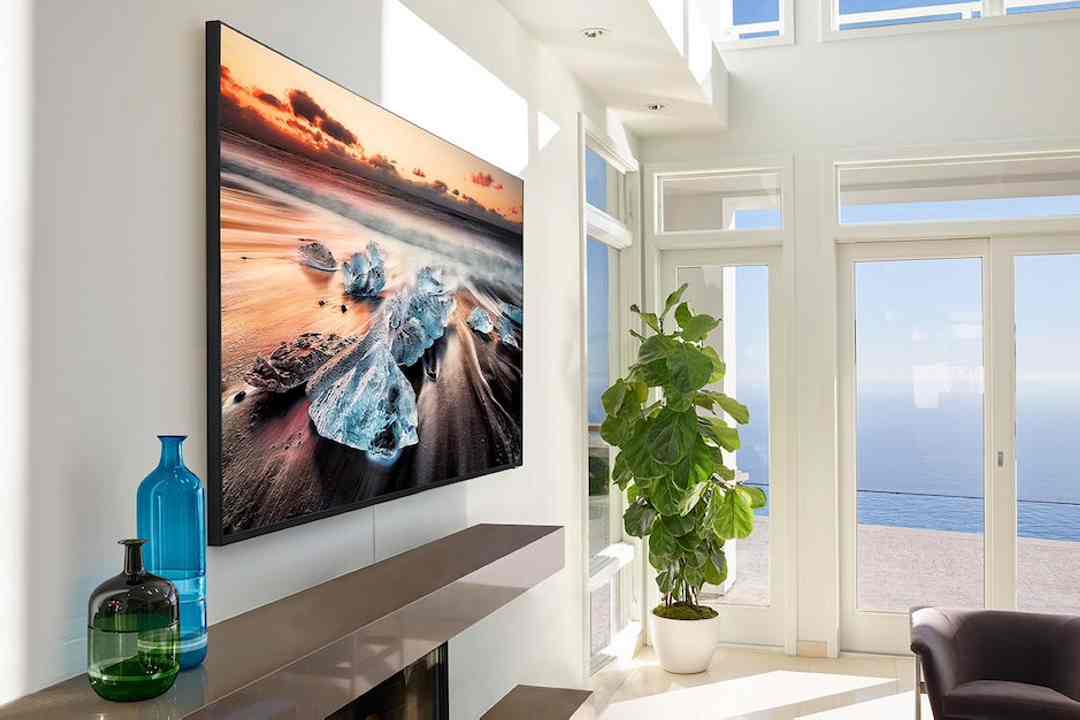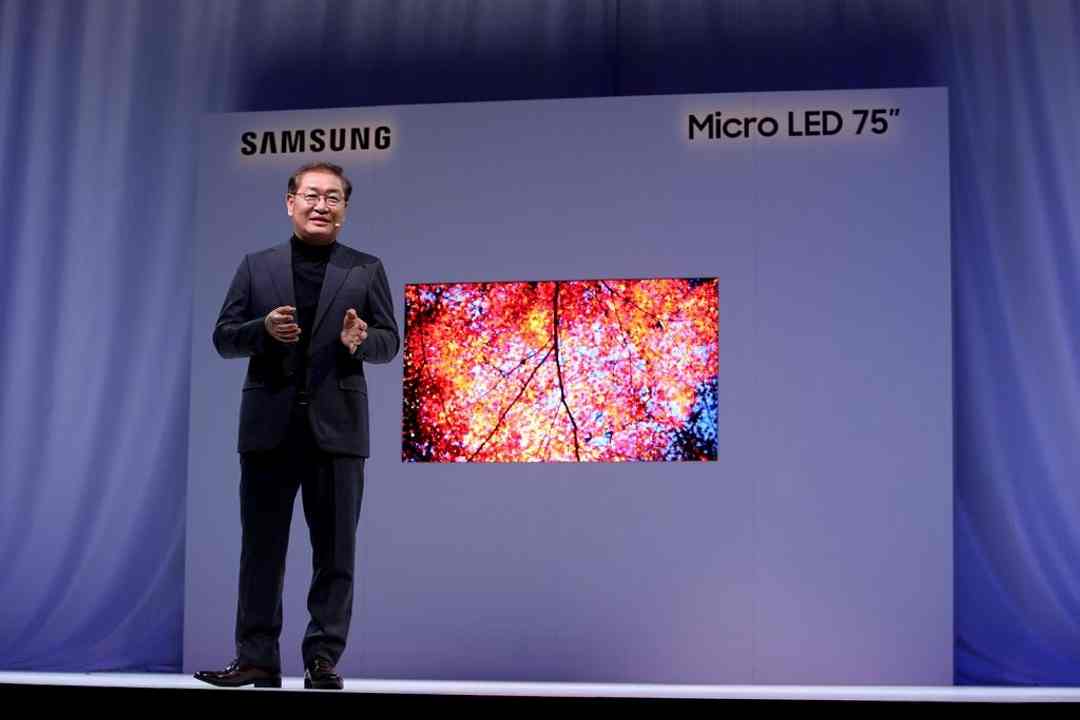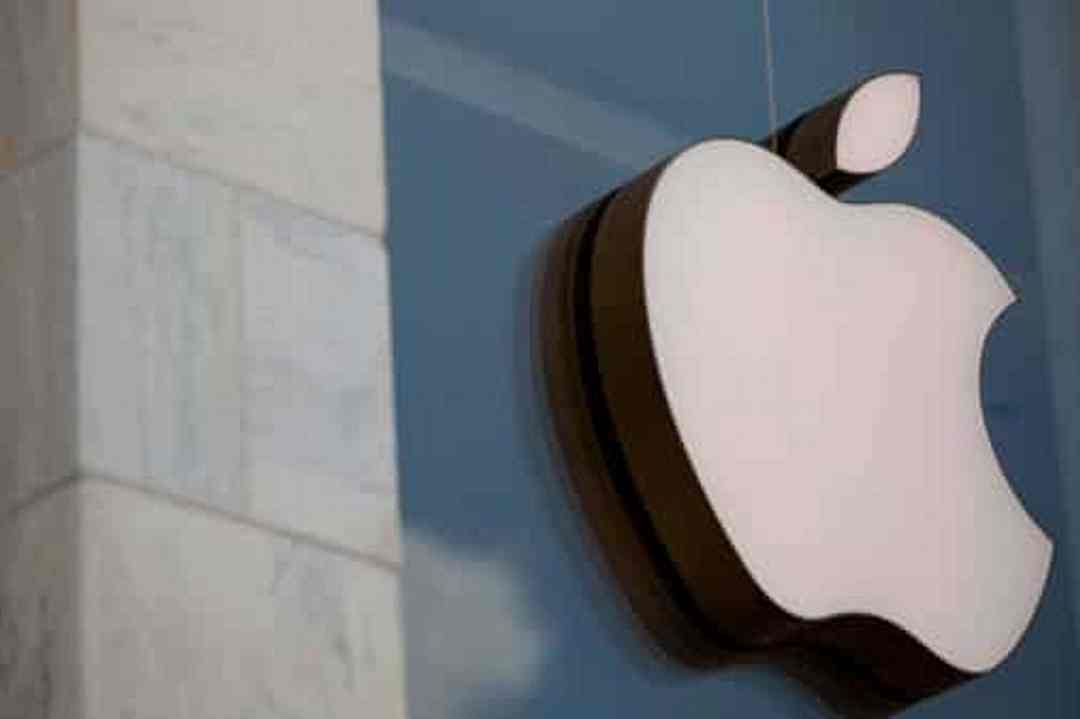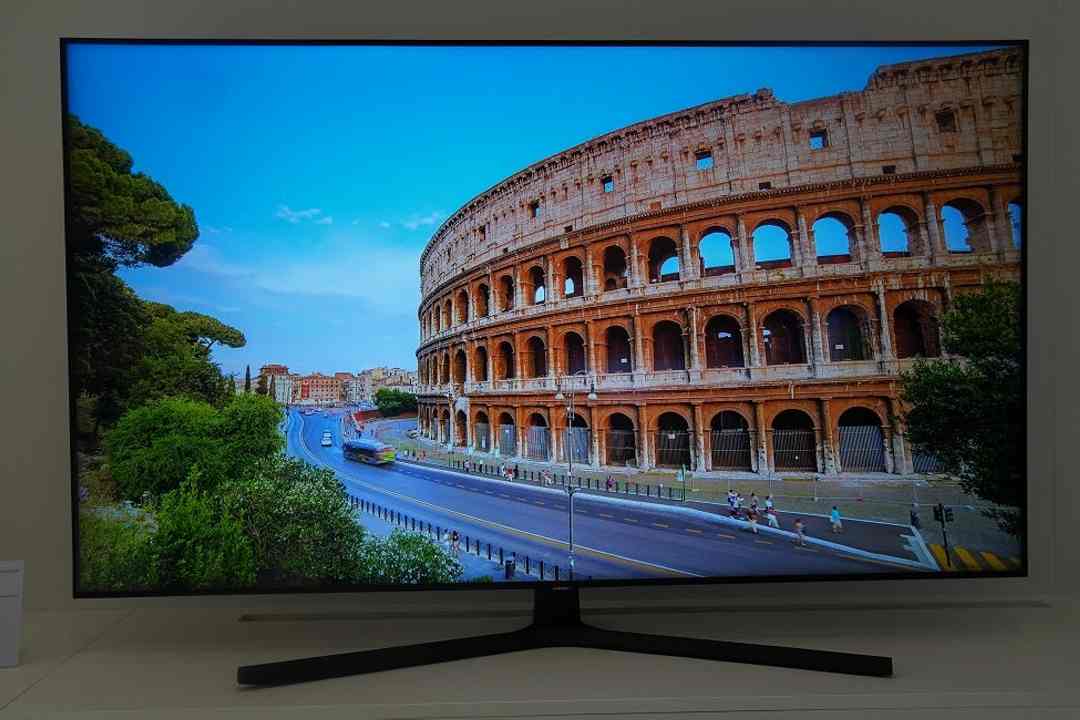
The Samsung TU8500 is a great choice for any buyer looking to upgrade from a1080p or entry-level 4K TV. However, those looking to enjoy HDR content will want to invest in a more expensive effort that can do it justice.
Pros
- Intuitive, easy to use UI
- Decent gaming performance
- Simple setup process
- Wealth of smart features
Cons
- HDR performance could be better
- Underpowered speakers
Key specifications
- HDR10, HDR10+, HLG
- 3x HDMI, 2x USB
- Tizen OS
- Multi-View
The Samsung TU8500 (UE50TU8500) is the mid-range LED TV in Samsung’s more affordable Crystal Dynamics range, intended for those after a big screen TV that won’t break the bank.
It doesn’t match the picture quality of Samsung’s entry-level QLEDs – especially in HDR – but it’s competitive price, developed feature set and intuitive UI means it’s a fabulous option for its target market. The obvious downsides are the lack of Dolby Vision support and underpowered speakers.
Price and availability
The Samsung TU8500 is part of Samsung’s Crystal UHD range of smart TVs. This TV comes in 43- 50-, 55- and 65-inch sizes with prices starting at a modest £499. The 50-inch mode is only available in the UK, with an RRP of £599.
Design
-
Easy to set up
-
Discreet design
-
Twin remote control options
The Samsung TU8500 will slot discreetly into most living rooms without becoming a focal point. Like most TVs it’s a rectangular design with an attachable V-shape stand and downward-firing speakers .
If you took away the Samsung branding, it could easily be mistaken for any other £600 telly, which is no bad thing. The only thing that’ll attract buyers’ eyes is the TV’s price, with Samsung offering plenty of screen real estate for the money.
Setup is pretty simple thanks to the easy to attach stand which simply tasks you with connecting the stand to a base unit, then attaching it to the rear of the TV using the supplied screws.
There are also twin control options to choose from. One is a bog standard TV remote full of numerical keys and shortcuts, and the other is a more modern choice, with a basic touchpad and stripped down key inputs. We liked the more modern control for its simplicity, but both are suitably intuitive.
Features
-
Comprehensive range of smart apps
-
Supports SmartThings for added connectivity
-
Only three HDMI inputs
What separates the TU8500 from competing TVs at this price is its robust feature set.
Samsung’s Tizen OS features the widest selection of apps on a TV, featuring the likes of Netflix, Prime Video, Disney+, Britbox, NOW TV, Apple TV, BT Sport, as well as platform exclusives in Apple Music. There’s no Freeview Play, but Samsung does have all the UK catch-up apps installed, and there’s Samsung’s TV Plus for watching a selection of TV channels.
Samsung’s SmartThings platform is available and has a variety of benefits. It offers the ability to stream your phone or tablet’s screen to the TV in a similar fashion to Google Chromecast. This functionality means you can stream smaller streaming services, such as CrunchyRoll and Shudder, which don’t have native apps on the platform.
There’s also the cool Multiview function. This lets you project your smartphone screen as a window on the TV. It sounds gimmicky, but has quite a few uses. One is gaming, where you can run a tutorial or Discord video chat window, saving the need to glance between screens. Another is for remote movie nights. Like Discord while gaming, you can power up a little window with the video chat, letting you chat away with participants without having to switch between screens.
The Ambient mode is another nice touch, which lets you turn the TV into a virtual picture frame when it’s not in use.
Though I find LG’s WebOS more intuitive, the TU8500’s UI works well for users to navigate. All services and apps are housed in a convenient launch bar with tiles for each service or menu screen.
All of its connections are placed on the rear panel: 3x HDMI, 2x USB, analogue video and stereo inputs, plus optical audio and an Ethernet socket. This may be a minor annoyance for those planning to add or swap out systems and sources, with more expensive TVs offering side-facing connections. For those that want to forgo wires, there’s built-in Wi-Fi and Bluetooth connectivity.
Performance
-
Good showcase for 4K content
-
Limited brightness with HDR content
-
Adequate sound quality
A £600 TV is never going to mix it with QLED or OLED, but Samsung’s Crystal UHD is pretty impressive for the money.
Crystal UHD is a clever bit of tech that aims to improve picture quality using a custom twin LED backlighting system. Unlike traditional LED TVs, which generally use a single backlight, Crystal UHD pairs two panels running at different kelvin counts (5000k and 2000k).
According to Samsung, this gives the TV improved contrast and punchier images. And with real world use, once you get the TV setup properly, I found the tech does offer better picture quality than most affordable/mid-range LED sets.
The TU8500 offers a traditional sprinkling of TV settings and picture modes. Picture modes include Movie, Standard, Natural and Dynamic. Then you have two added options for gaming and the all too common, but generally not great, picture enhancement and upscaling settings.
The TV modes work as expected, with Natural and Standard being the modes to consider. Dynamic in particular should be avoided as it has the classic storefront look that overcooks colours at the expense of overall picture quality.
Natural and Standard modes offer decent contrast, are free from backlight bleed, and offer suitably accurate colour temperatures to ensure comfortable viewing for HD channels and most streaming services.
UHD content is where the Samsung TU8500 shines, with content from Netflix and Prime Video wonderfully sharp. Make no mistake if you are upgrading to 4K for the first time, or coming off a cheaper TV, image quality will be a step up.
Gaming performance is also excellent as long as you don’t use the Game Motion Plus setting. This setting retains the set’s background processing, which increases input lag. I’d recommend any gamer opt for the regular gaming mode, which offers much lower input lag, making it a better option, especially when playing online or offline reaction based titles.
The only downside is the TU8500 doesn’t support 4K/120Hz gaming, which limits its appeal to those looking to upgrade to the PS5 or Xbox Series X. Both consoles support the resolution and framerate, but the TU8500’s lack of support is not at all surprising, given this feature is limited towards the top end of the market.
HDR performance also isn’t the best, even though the set supports HDR10, HDR10+ and HLG HDR standards. Max brightness levels also are less than you’d need for good quality HDR performance, coming in at just over 300 nits. The lack of Dolby Vision is a final quibble, but Samsung is yet to support this version of HDR.
If you’re coming off an old or cheaper set, the TU8500 offers a big step up in picture quality. But, for those that have experienced HDR on step-up QLEDs, the performance won’t be as good. LED can’t match the black performance of OLED or QLED screens.
Sound quality is adequate, but not terribly immersive with the built-in speakers. Volumes are high enough, but the low end lacks punch and precision, meaning subtle details can be lost in movies.
You should buy it if…
-
You’re after an affordable TV
If you’re looking to upgrade but don’t want to break the bank, the Samsung TU8500 is an excellent option.
You want good gaming performance
Samsung’s TVs are class-leading in this respect, with the fastest input lag on the market.
-
Comprehensive smart features
The TU8500 still retains a number of smarts available from Samsung’s more premium TVs.
You shouldn’t buy it if…
-
You can go the QLEDs
The TU8500’s performance is impressive for the price, but if you can go for the higher specc’d QLEDs, picture quality is improved.
-
You need more HDMI inputs for your sources
The TU8500 only features three HDMI inputs, which isn’t great for those with lots of sources to plug in.


